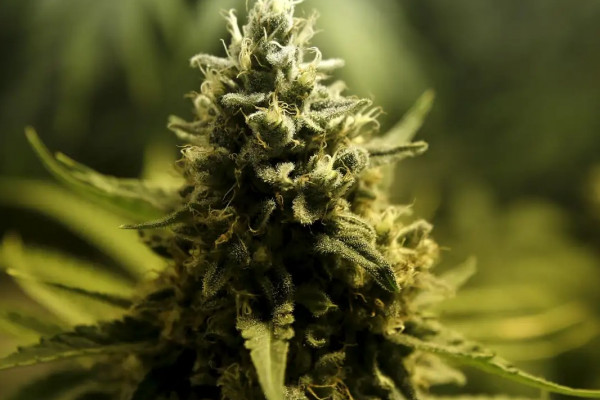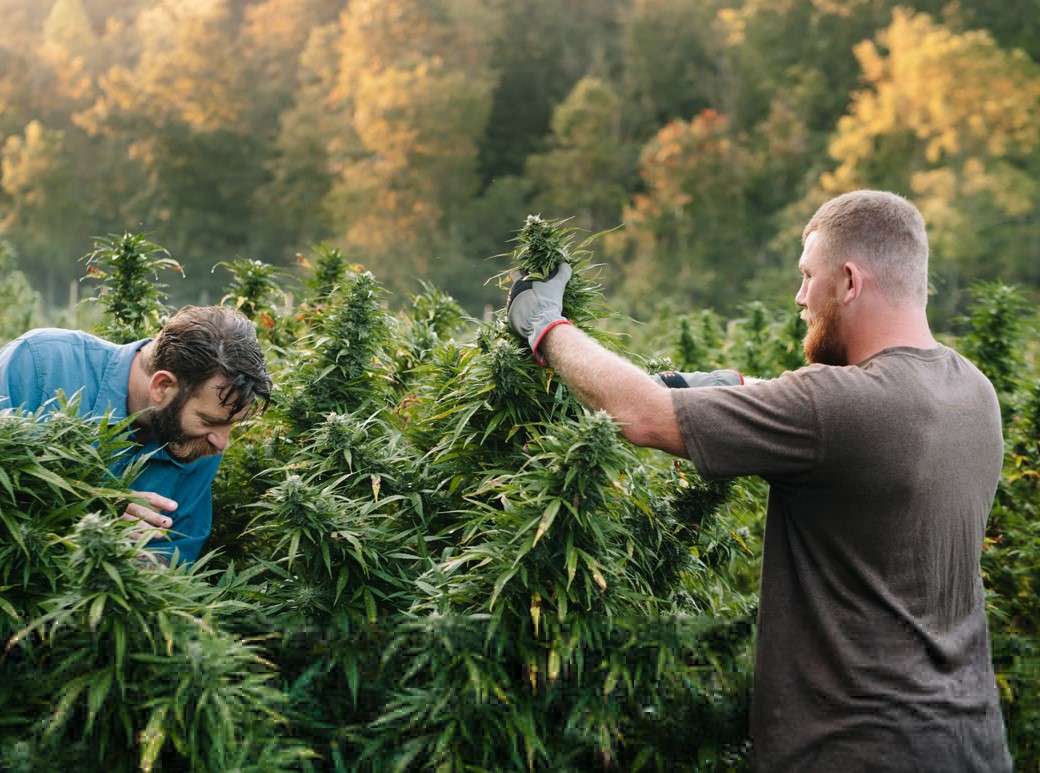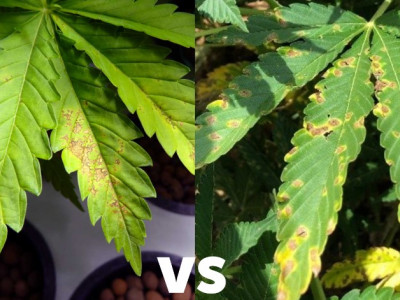0.00 грн.
CheckoutHistory of cannabis prohibition

Hemp is a plant with a long history that has been used in medicine, industry and culture. However, in the twentieth century, it became the subject of strict prohibitions in many countries. Why was cannabis, which has been a part of human civilization for centuries, suddenly recognized as dangerous? In this article, we will analyze the reasons for the prohibition of marijuana, the key stages of its criminalization, and current trends, including the legalization of medical cannabis in Ukraine.
Why was there a ban?
Why was cannabis banned? The answer lies in a combination of economic, political, and social factors. At the beginning of the twentieth century, hemp was an important raw material for the production of paper, fabrics, and ropes. However, with the advent of synthetic materials such as nylon and the development of the pulp industry, the hemp industry began to lose ground. Large corporations interested in promoting new materials supported anti-hemp campaigns.
In the 1930s, the United States began active propaganda against marijuana, which was associated with crime and moral decline. The campaign, led by Harry Anslinger, commissioner of the Federal Bureau of Narcotics, used racist stereotypes to claim that cannabis encouraged violence among minorities. This led to the passage of the Marijuana Tax Act of 1937, which effectively banned its cultivation and use.
International pressure also played a role. The 1925 Geneva Opium Conference laid the groundwork for global prohibitions, and the 1961 UN Convention finally classified cannabis as a narcotic substance. These decisions were based on political motives rather than scientific evidence, and they determined its fate for decades.
The consequences of marijuana prohibition were not limited to economic interests. Social prejudice played a significant role. In the United States, cannabis was associated with marginalized groups, which caused fear and distrust in society. Propaganda films, such as Reefer Madness (1936), portrayed marijuana as a cause of insanity and crime, creating a negative image of the plant.
The lack of scientific research also contributed to the ban. At the time of the restrictions, scientists had limited knowledge of cannabinoids, their effects on the body, and potential medical benefits. Instead of research, governments relied on rumors and panic, which led to the categorization of cannabis along with hard drugs.
The political context was also important. During the “War on Drugs” launched in the 1970s by US President Richard Nixon, cannabis became a symbol of the counterculture and protests against the government. The prohibition of marijuana helped governments control youth movements and increase law enforcement, which only strengthened its illegal status.
The impact of prohibition on the cannabis industry
Prohibition has had a devastating impact on its industrial and medical use. In many countries, growing hemp, even for technical purposes, has become impossible due to strict laws. This has led to the decline of an entire industry that used to provide jobs and environmentally friendly products such as fabrics, paper, and oil.
Medical use of cannabis was also banned, despite its long history of use in the treatment of pain, epilepsy, and other conditions. It was only at the end of the twentieth century that scientists began to actively study cannabinoids, paving the way for the legalization of medical cannabis in some countries.  However, the stigma created by decades of propaganda still makes it difficult to promote such initiatives.
However, the stigma created by decades of propaganda still makes it difficult to promote such initiatives.
The economic costs of prohibition were also significant. For example, industrial hemp varieties could have become an alternative to plastic or wood, contributing to environmental development. Instead, the ban forced farmers to look for less profitable crops, and the black market for marijuana only grew, funding criminal organizations.
What about the legalization of cannabis in Ukraine
The legalization of medical cannabis in Ukraine was an important step toward rethinking attitudes toward cannabis. In 2022, the Verkhovna Rada passed a law that allows the use of medical marijuana to treat chronic pain, post-traumatic stress disorder, epilepsy, and other conditions. This decision was a response to the growing body of scientific evidence on the benefits of cannabinoids.
The legislation provides for strict control over the cultivation and sale of medical cannabis. Medical hemp seeds are used to create medicines with minimal psychoactive effects. This ensures the safety and effectiveness of therapy for patients.
How prohibition has affected the modern perception of cannabis
The prohibition of cannabis has created a persistent negative image of the plant that persists to this day. In many countries, marijuana is associated exclusively with drugs, ignoring its medical and industrial potential. This makes it difficult to promote reforms, even in countries with progressive laws.
At the same time, the ban has stimulated an activist movement for legalization. In countries such as Canada, Uruguay, and some US states, cannabis has already been legalized for recreational and medical use. These examples show that a scientific approach and open dialogue can change public perception.
In sum, the history of cannabis prohibition is an example of how economic interests, political ambitions, and social stereotypes can change the fate of an entire industry. The real reasons for the ban were far from scientific, but their impact is still felt today. At the same time, current trends, such as the legalization of medical cannabis in Ukraine, give hope for restoring the reputation of this plant.
Understanding this history helps us to see that cannabis is not only about controversy, but also about opportunity. From medicines to environmental materials, it can play an important role in the future. The key is to approach its use with awareness and respect for science.


